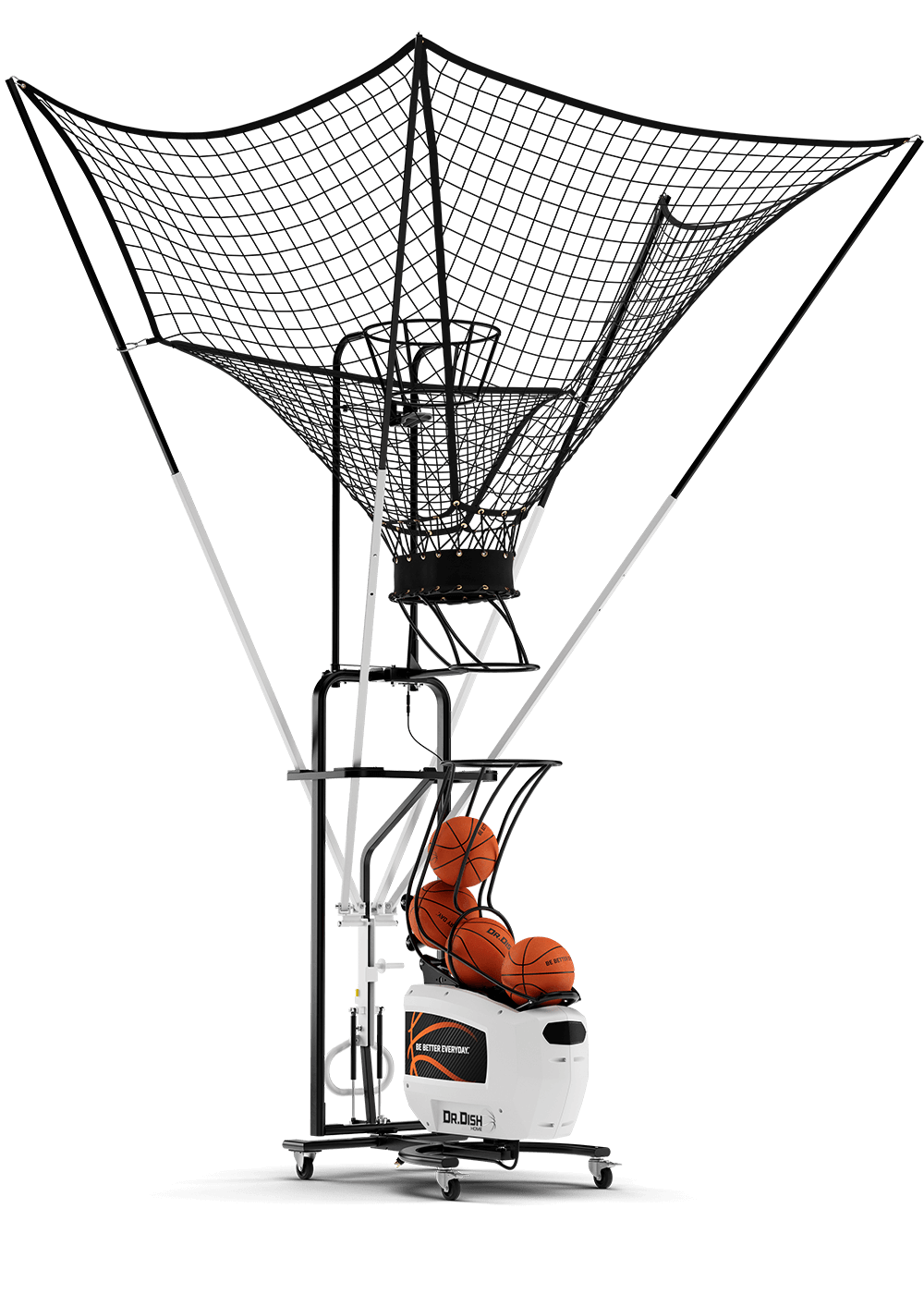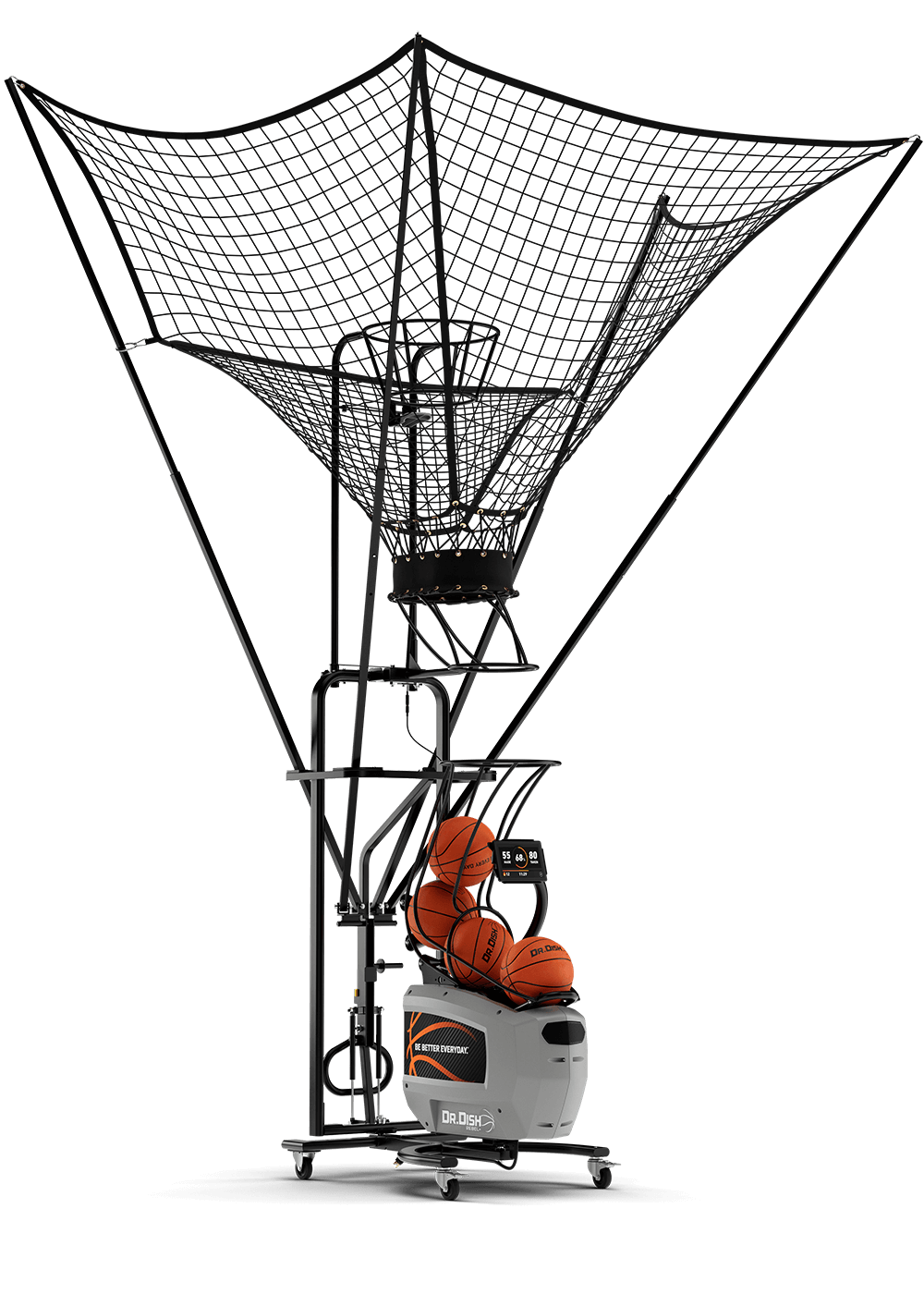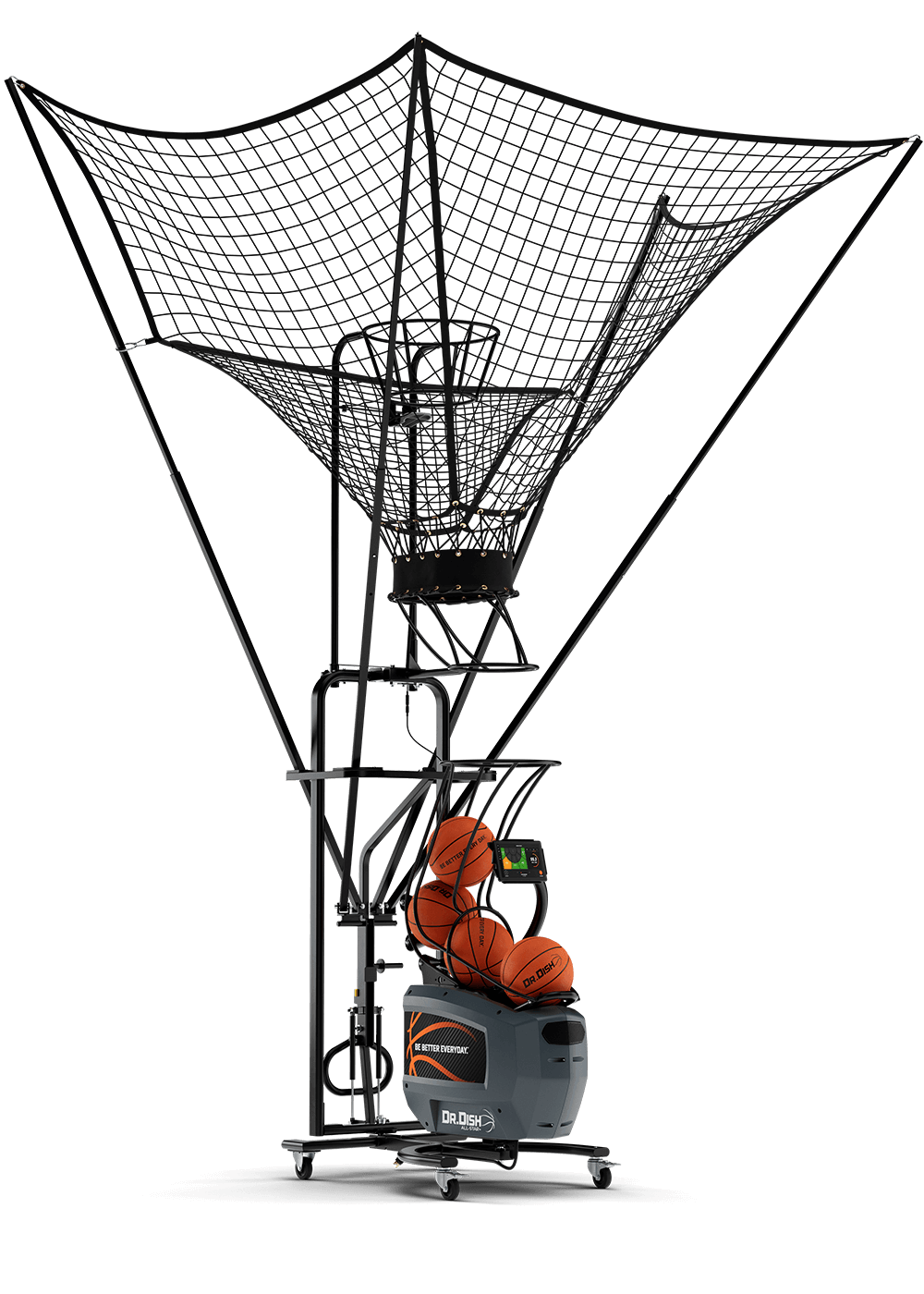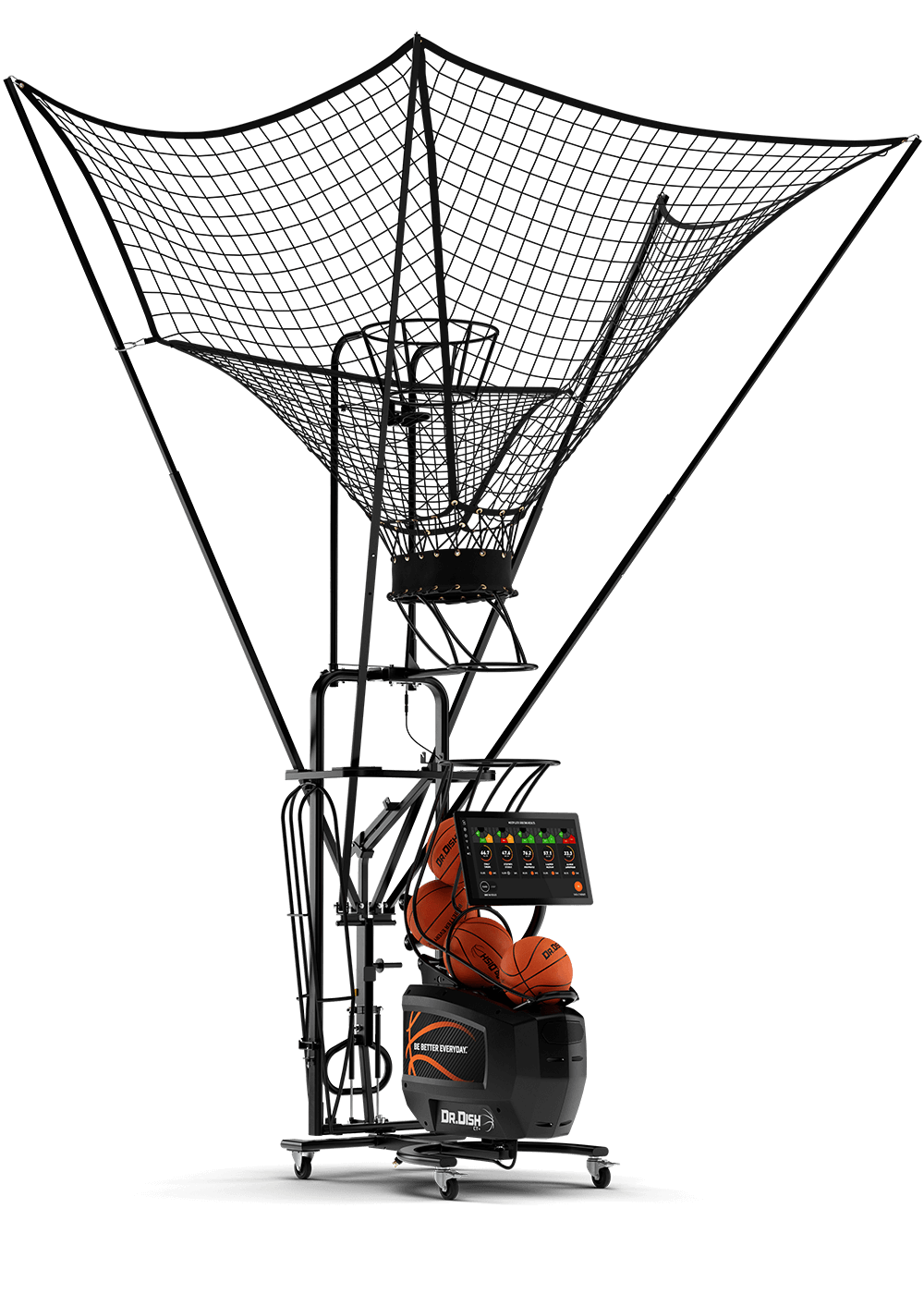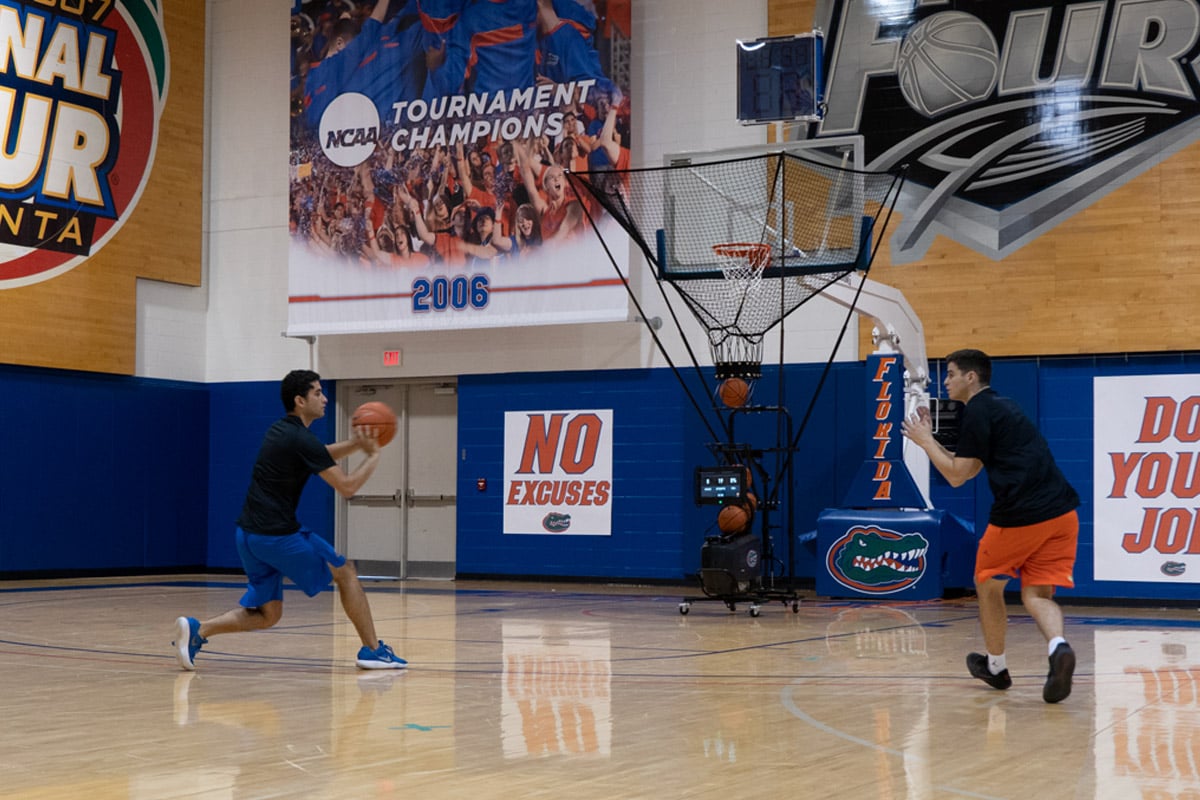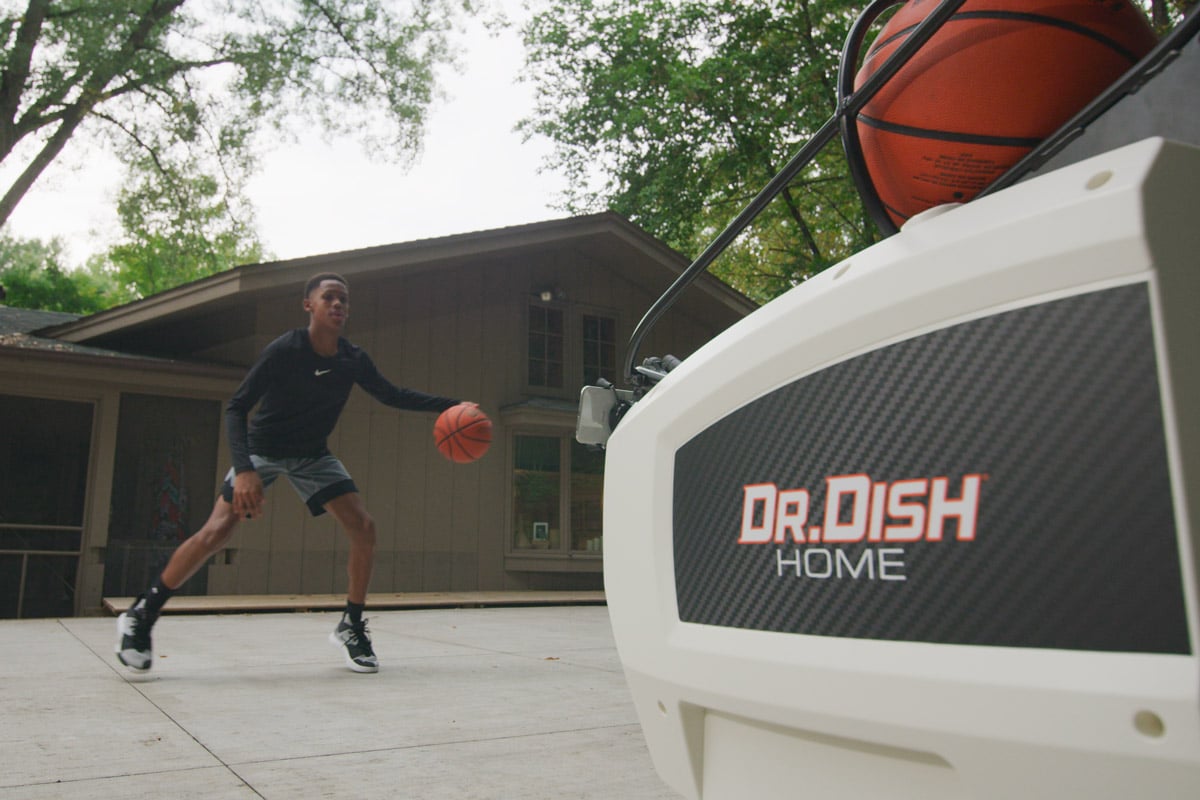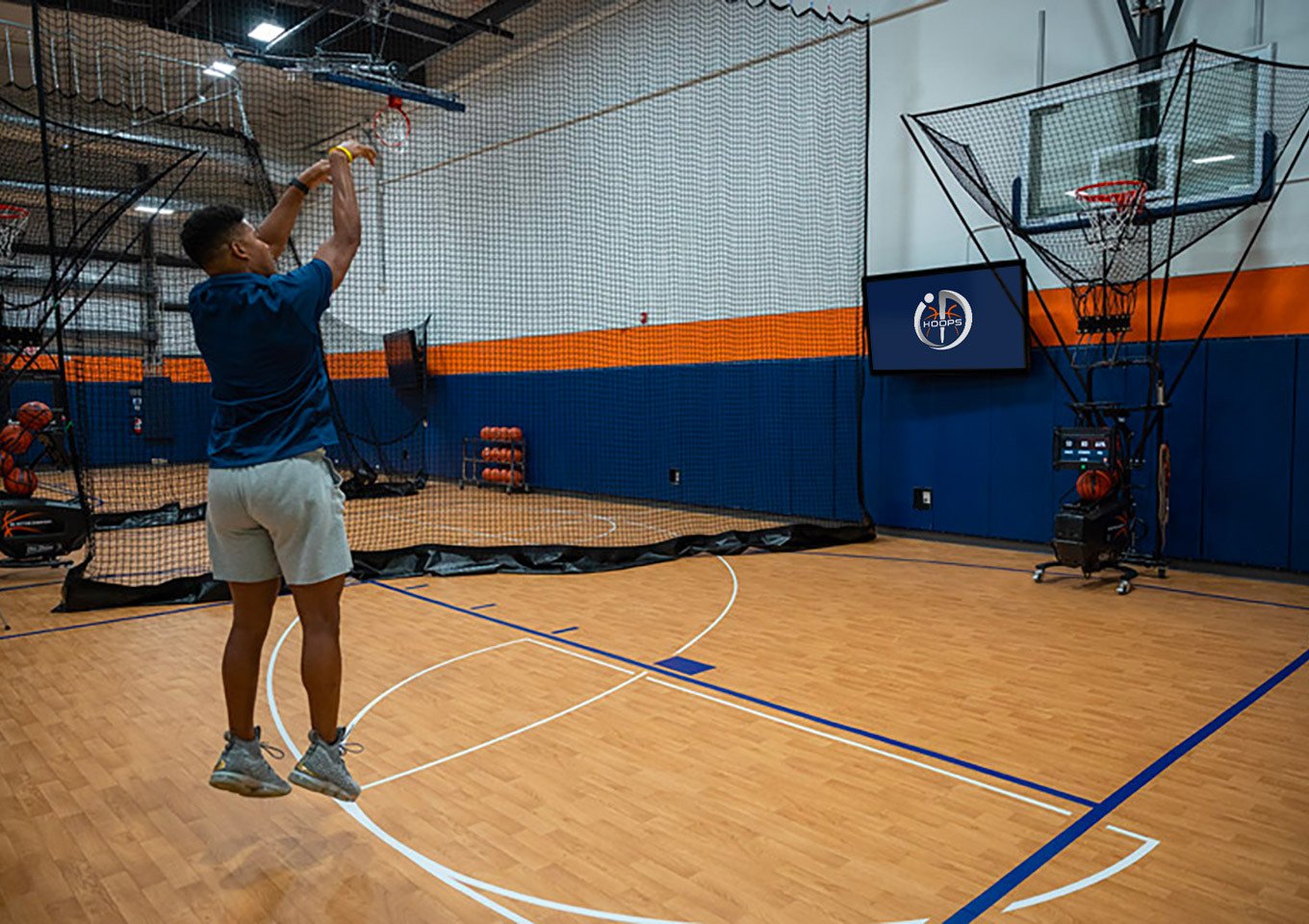4 Keys to Setting Great Screens (P.A.S.S.)
by Jordan Petersen, on Jun 6, 2018 4:55:16 PM
This article is the 5th of a series from Jordan Petersen of our partners at Positionless Basketball. Read the others here. We are very fortunate to work with Coach Petersen as he has tremendous experience as a basketball coach, trainer, and player at different levels.
You can also check out different basketball drills from Jordan in the Dish Lab here!
Screening is one of the most under-taught skills in basketball. Many players think that only big guys screen. Or, if you're the screener "the play isn’t for you" and "you will not score when you screen." In fact, the opposite is true.
All players should have the ability and skill to set a good screen. When you look at some of the toughest actions in the NBA and NCAA, shooters are often the ones setting the screens. When a player sets a screen, many times it frees them up for a shot after popping or diving to the basket because the defense is too concerned about the player coming off of the screen.
One of the great stats that has come out of this analytical era is the "screen assist." This stat shows the value of being a great screener and gives credit to the player for setting a great screen. Below I will discuss 4 ways to help you improve and become a great screener.
Pace
Pace is important because in an ideal screening scenario, the player setting the screen will arrive at the screen without their defender. There are a couple strategies that can be used to create this separation between the screener and defender.
The first one and a common saying in many offenses that use ball screens is to "sprint into the screen." This blast or sprint to the screen leaves the defender out of position and unable to cover the screen in their normal screen coverage.
Another common saying that has been used in many motion type offenses is to set a "two plane screen." In a two plane screen a player sets the screen up by cutting one way (or taking a couple steps) and then quickly changing direction toward where the screen will be set. Other ways players can set up a screen is by changing pace or by stepping into their defender to create contact/space and then sprinting into the screen.
Angle
The angle of the screen is very important for a player to be able to set up their defender and run them off of the screen. The key to the angle of screens is to create an angle that does not make it easy for the defender to go over or under the screen or makes the defender think or second guess which way he/she should go.
On pindowns or down screens, I like to say "have your back to the basketball" when setting the screen. This creates an effective angle for the offensive player to curl the screen. Or if the defender goes under the screen the screener can simply turn and make it into a fade screen.
On ball screens there are many different angles a screener can set depending on the play, offense, coaches preference, or how the defense is playing. The most common screening angles in ball screens are flat, side, back to basket, and step up. A flat ball screen is set in the middle of the floor with the screener's back flat to the baseline. This allows the ball handler to choose which way he/she will come off of the screen. A side ball screen is set with the screener's chest to the sideline. The key on a side pick and roll is to not set it too high so the on ball defender can easily go under. A back to the basket ball screen changes the angle depending on where the ball is on the floor, but the screener's back is always to the basket. This creates an angle for the ball handler to drive down hill directly off of the ball screen. A step up is often set after a reversal or from a screener flipping the screen. The screener should have his/her back to the corner to create an effective screening angle.
On flare screens, screeners should set the screen with their back to the direction they would like the player receiving the screen to go.
Set and Strong
Something coaches and many officials harp on is "players being set" on screens. This is a two-way street that requires cooperation from the screener and the player receiving the screen.
The player receiving the screen must be patient and set up the screen to allow the screener time to get set. The screener must sprint into the screen and stop by jump stopping or stride stopping. The screener must allow space between stopping and the defender, so they do not get a moving screen call and allow the offensive player to set up the screen. Once the screener is set they should be in a good, strong stance to set the screen.
Space
Space is one of the most important aspects of any offense and something that should be taught to do and emphasized after screening. Popping or diving are the two most common ways to space after screening with some variation of those depending on how the defense is playing and the offense's skill set.
Depending on the screeners ability to shoot, how the offense is spaced and how the defense is defending, a screener can pop or space out to the three point line to create more space for the ball handler and to create a longer close out for the defense. Some common situations when offenses pop are when defenses soft hedge, ice, or even on a hard show/trap.
Diving after a screen can create layups for the screener or opens up shooters on the outside after their defender rotates to pick up the diver. Diving to the basket can also punish the defense for switching screens by slipping or if the screener has the ability to post up after the screen. Diving to the basket often happens if the defense switches, hard hedges, or the screener is a non-shooter. Having the ability to pop or dive to the basket makes the screener tougher to defend and can also open up opportunities for their teammates.
Screening isn't the most glorified fundamental in basketball, but is an important aspect to any offense and one that can free a player up for an open look. Many times when you watch some of the greatest shooters in the NBA like Steph Curry, JJ Redick and Kyle Korver you can see them screening for a teammate and this frees them up for an open 3 point look after popping.
A great way to teach the screening action is by emphasizing the P.A.S.S. system in workouts and during basketball practices.
You don’t need a teammate to practice your screen as Coach Bre Salley recently demonstrated a couple drills you can incorporate with Dr. Dish to work on screening as well as shooting.
Once again, we'd like to thank Jordan for his contributions to us at Dr. Dish Basketball but also the basketball coaching industry as a whole! Stay tuned for more great stuff coming from Jordan.
For basketball drills featuring the Dr. Dish basketball shooting machines, click here.



